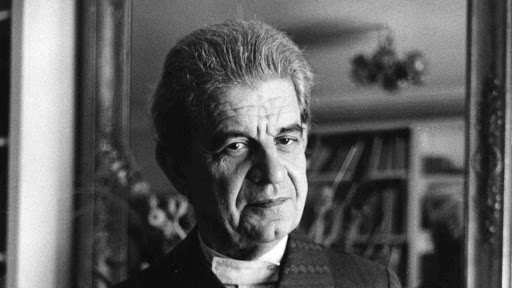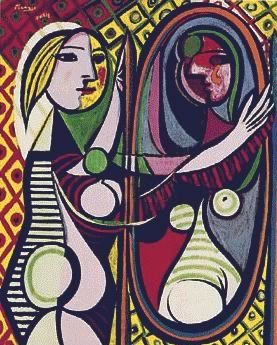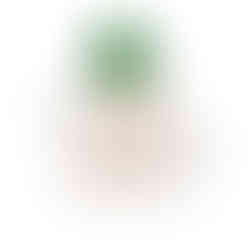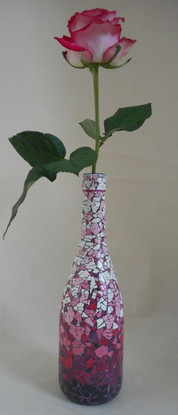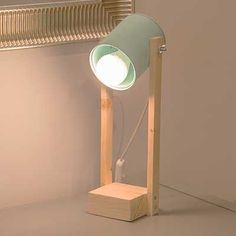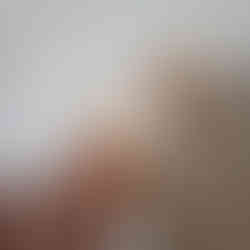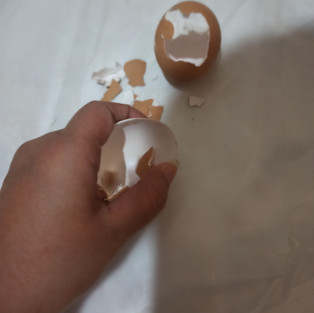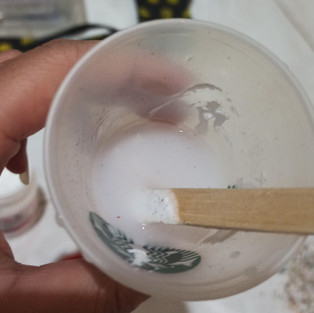
The Male Gaze
The male gaze is the way in which visual arts and literature depict to the world and women from a masculine point of view presenting women as objects of male pleasure.
The Female Gaze
If taken literally, it would mean visual arts and literature depicting the world and men from a feminine point of view, presenting men as objects of female pleasure. Another way people might interpret the Female Gaze would be to reverse the gender of the male protagonist, the placing of the women into male roles.
Female Gaze is a way of “feeling seeing”. It could be thought of as a subjective camera that attempts to get inside the protagonist, especially when the protagonist is not a Cis male. It uses the frame to share and evoke a feeling of being in feeling rather than seeing – the characters. For example, in a film making, the cameraman’s body is in feeling, not capturing but playing an action. The audience ‘feel’ more.
Female gaze is also using the camera to take on the very nuanced, occasionally impossible task of showing us how it feels to be the object of the Gaze. The camera talks out at you from its position as the receiver of the gaze. This piece of the triangle represents the Gazed gaze. This is how it feels to be seen. The audiences will experience to feel specifically how she (the object of the gaze) become as she become what men see. It’s about what she is doing by being seen – her effect.
This definition of female gaze involves the way the female gaze dares to return the gaze. It is the gaze on the gazers. It’s about how it feels to stand here in the world having been seen our entire lives. This part of the female gaze is a sociopolitical justice-demanding way of art making.
The Female Gaze is not a camera trick. It is a privilege generator that positions ‘me’, the woman, as the Subject.




